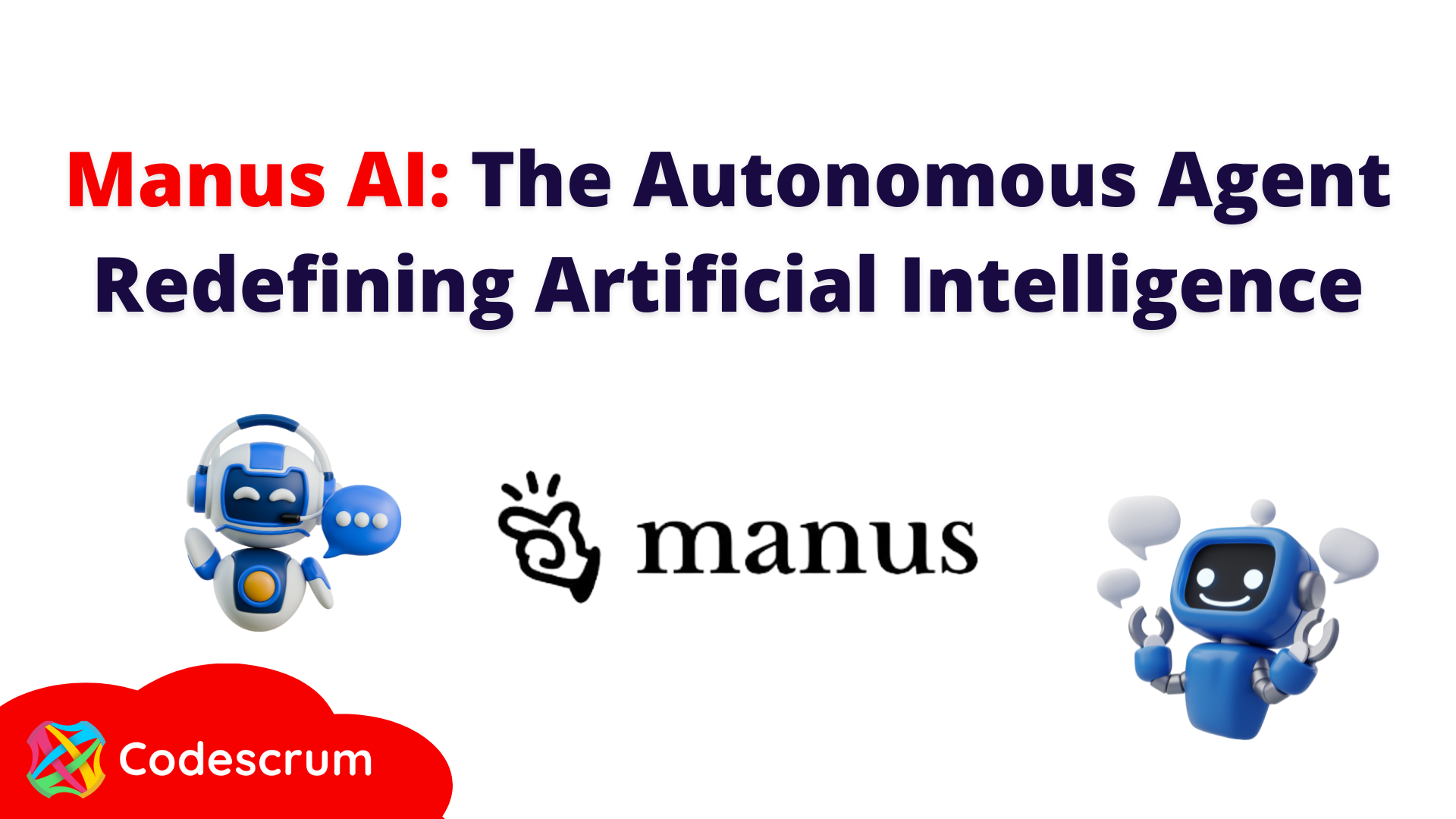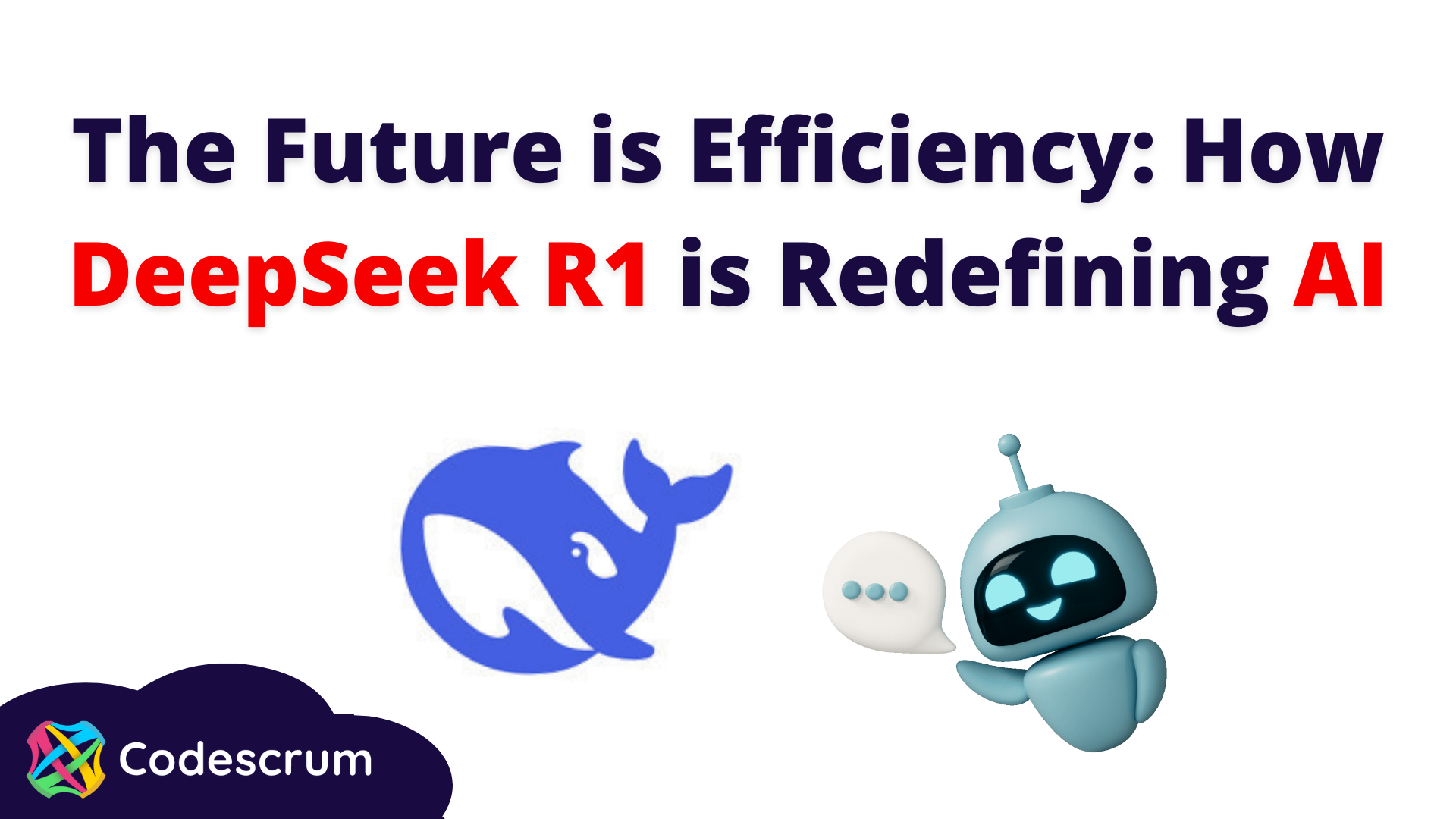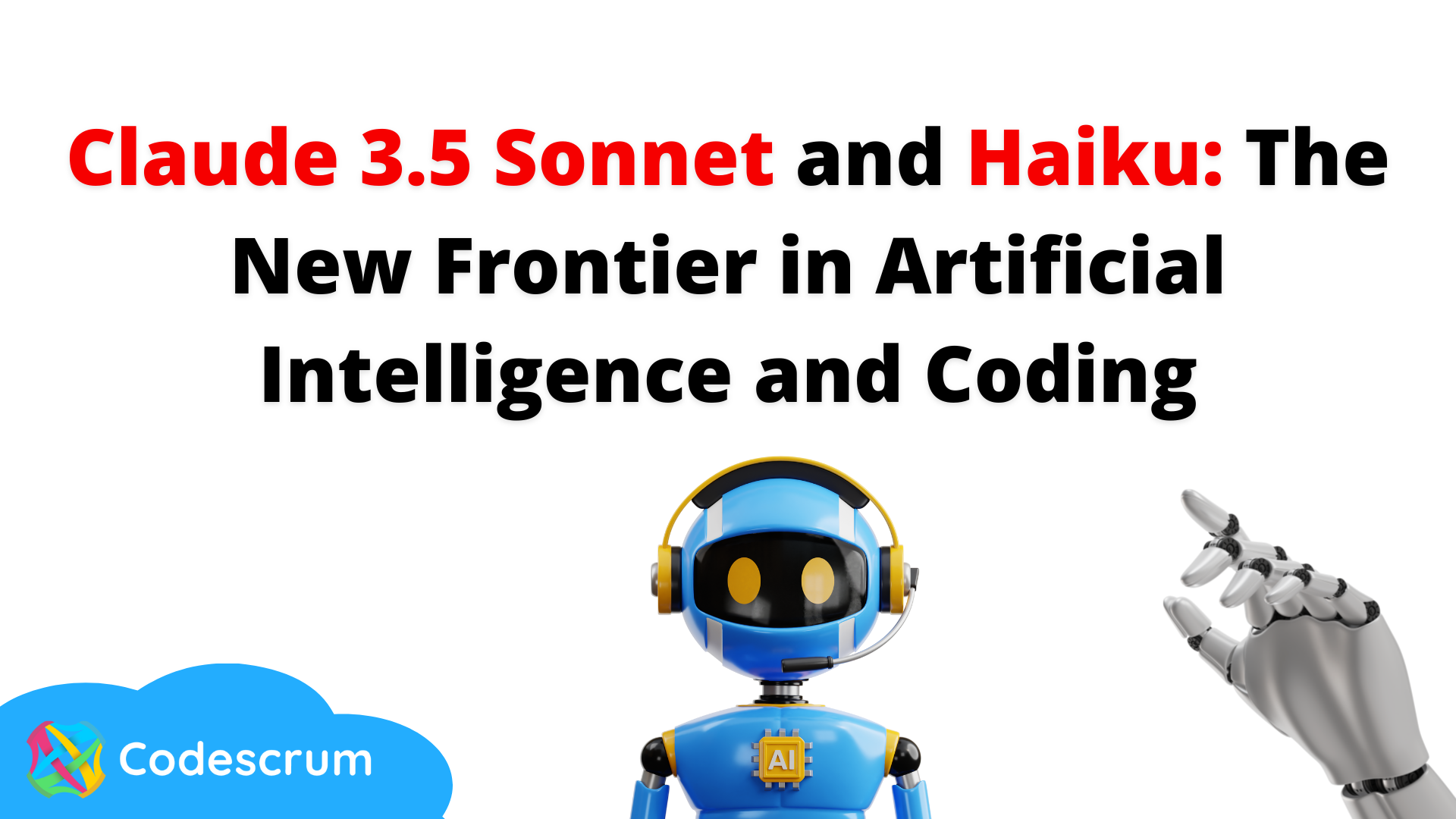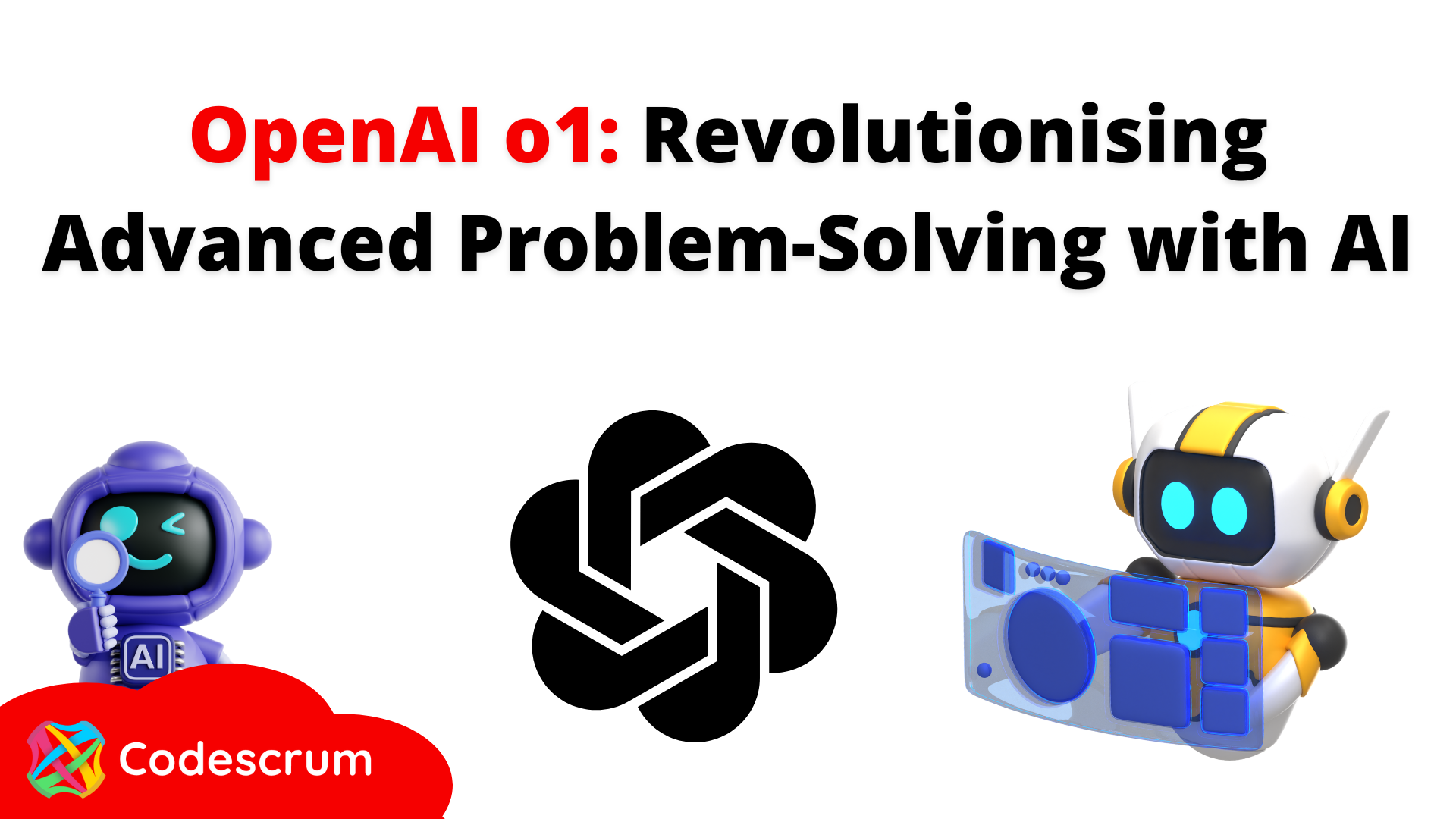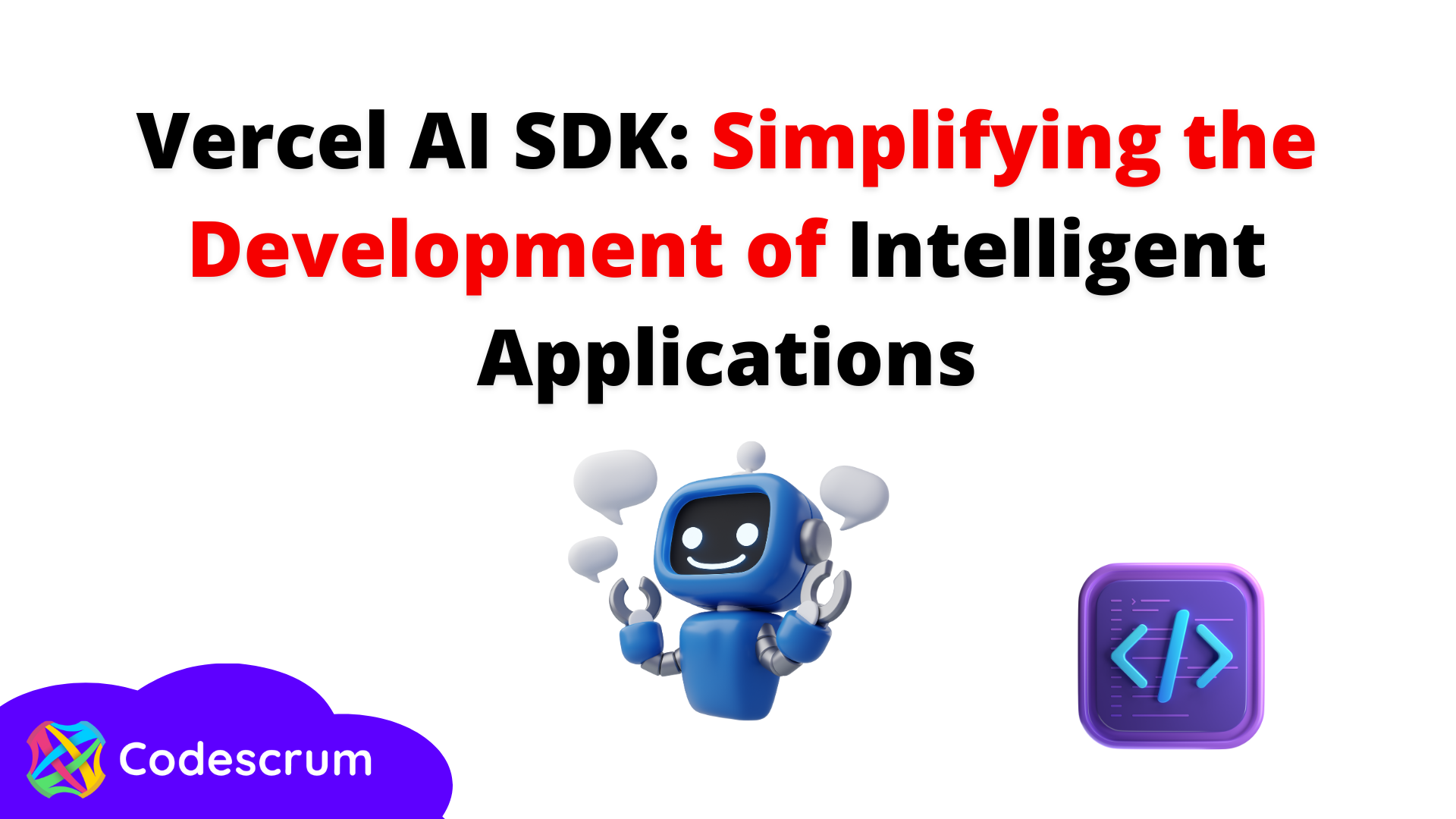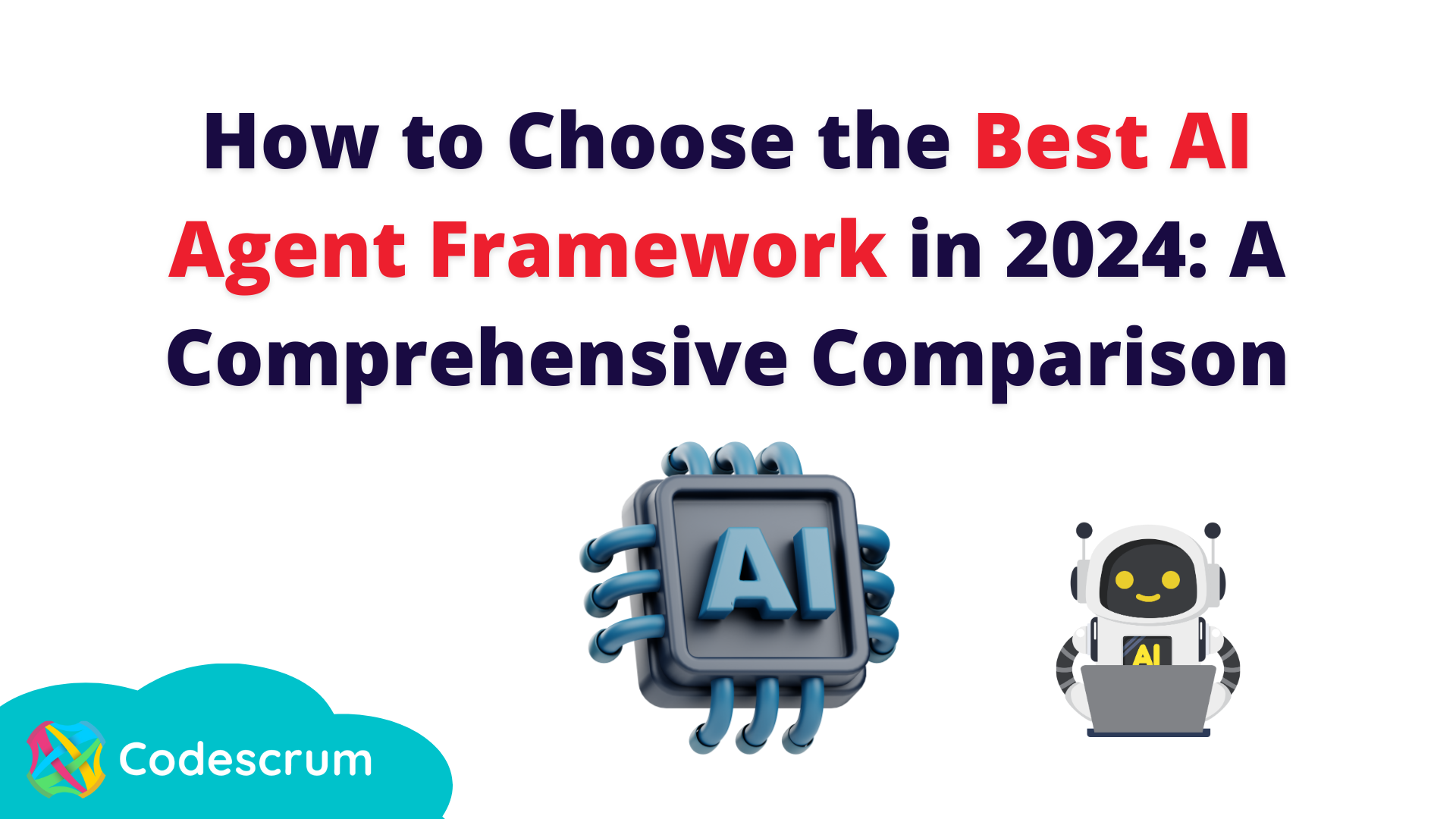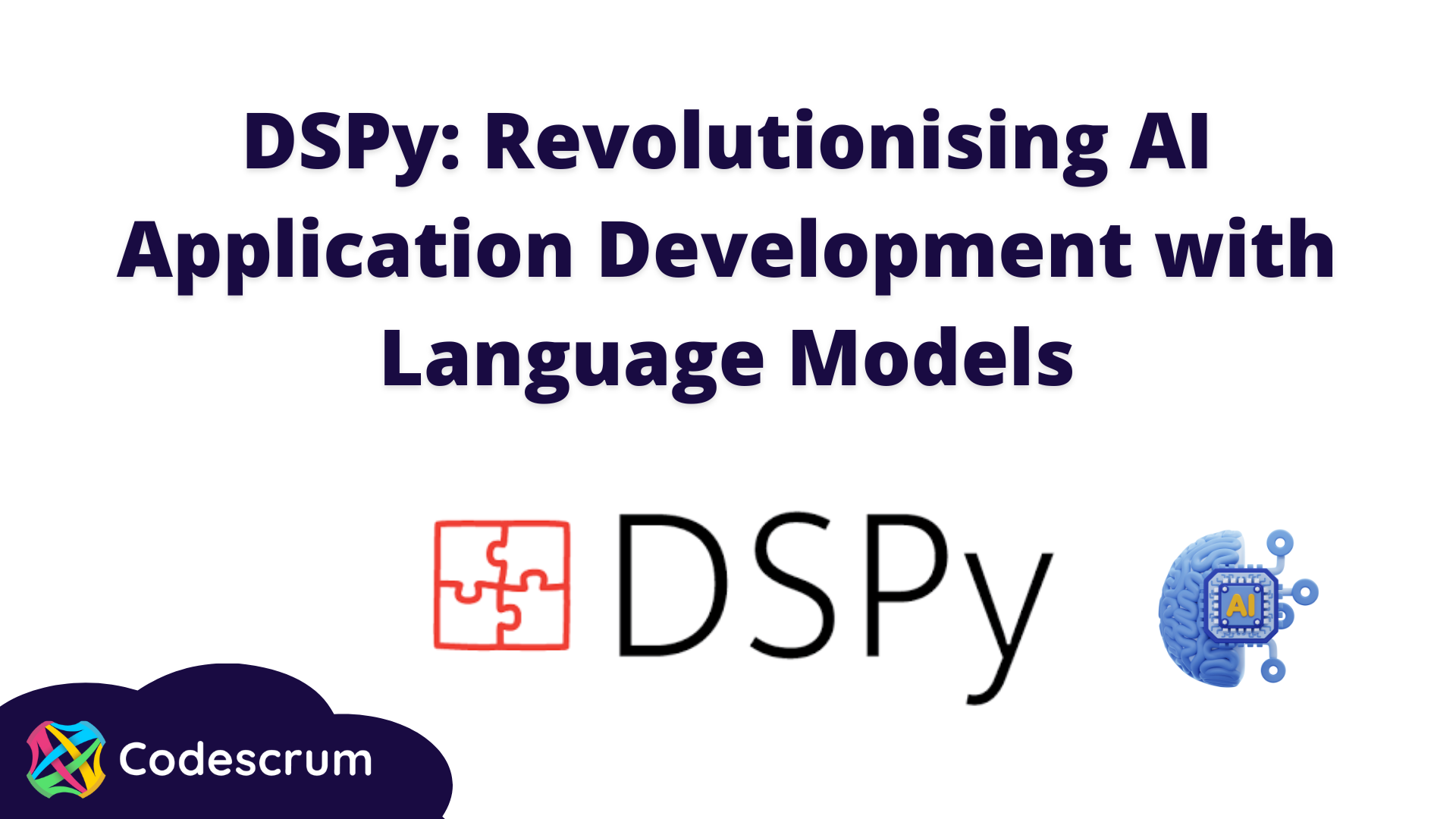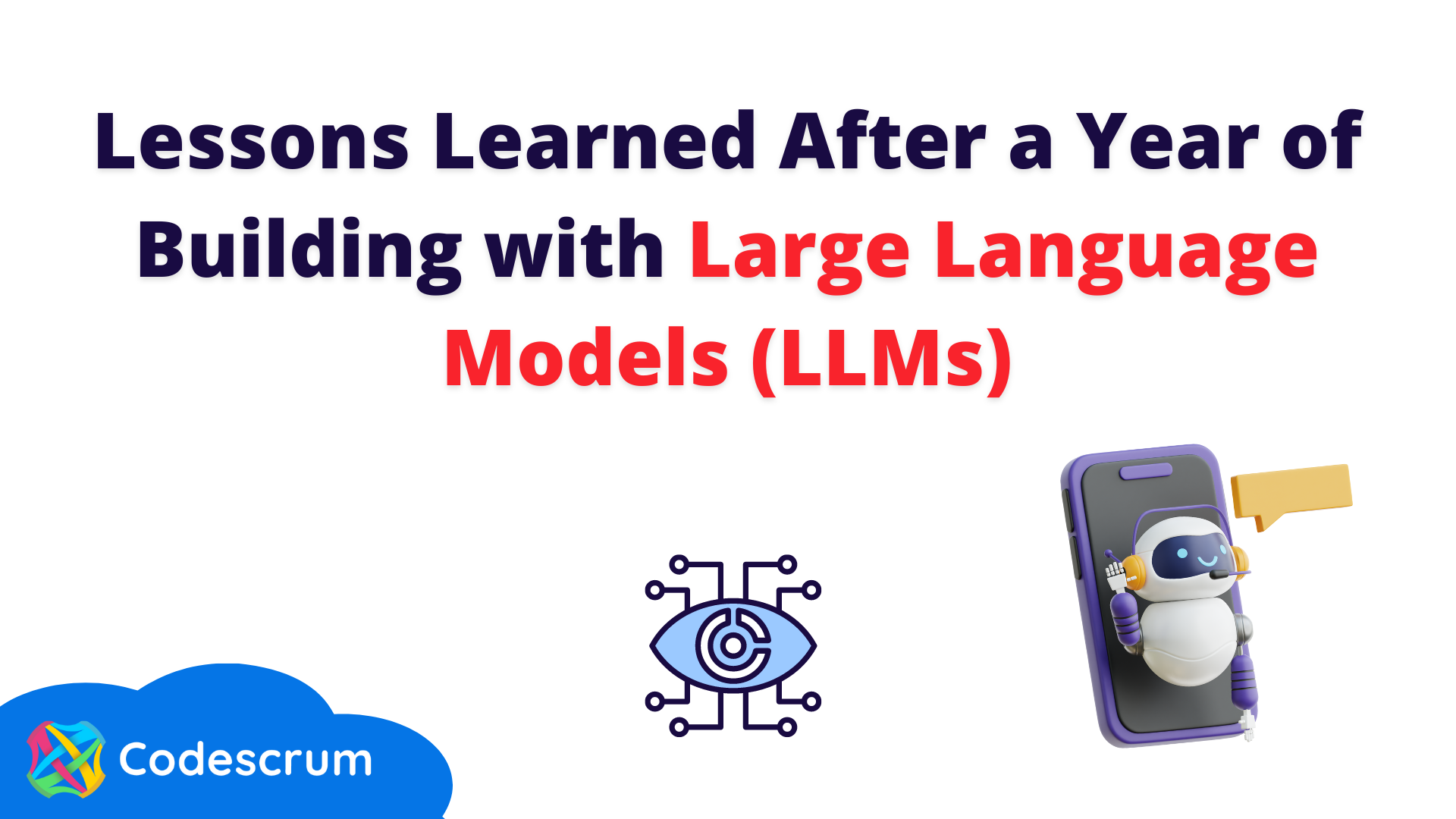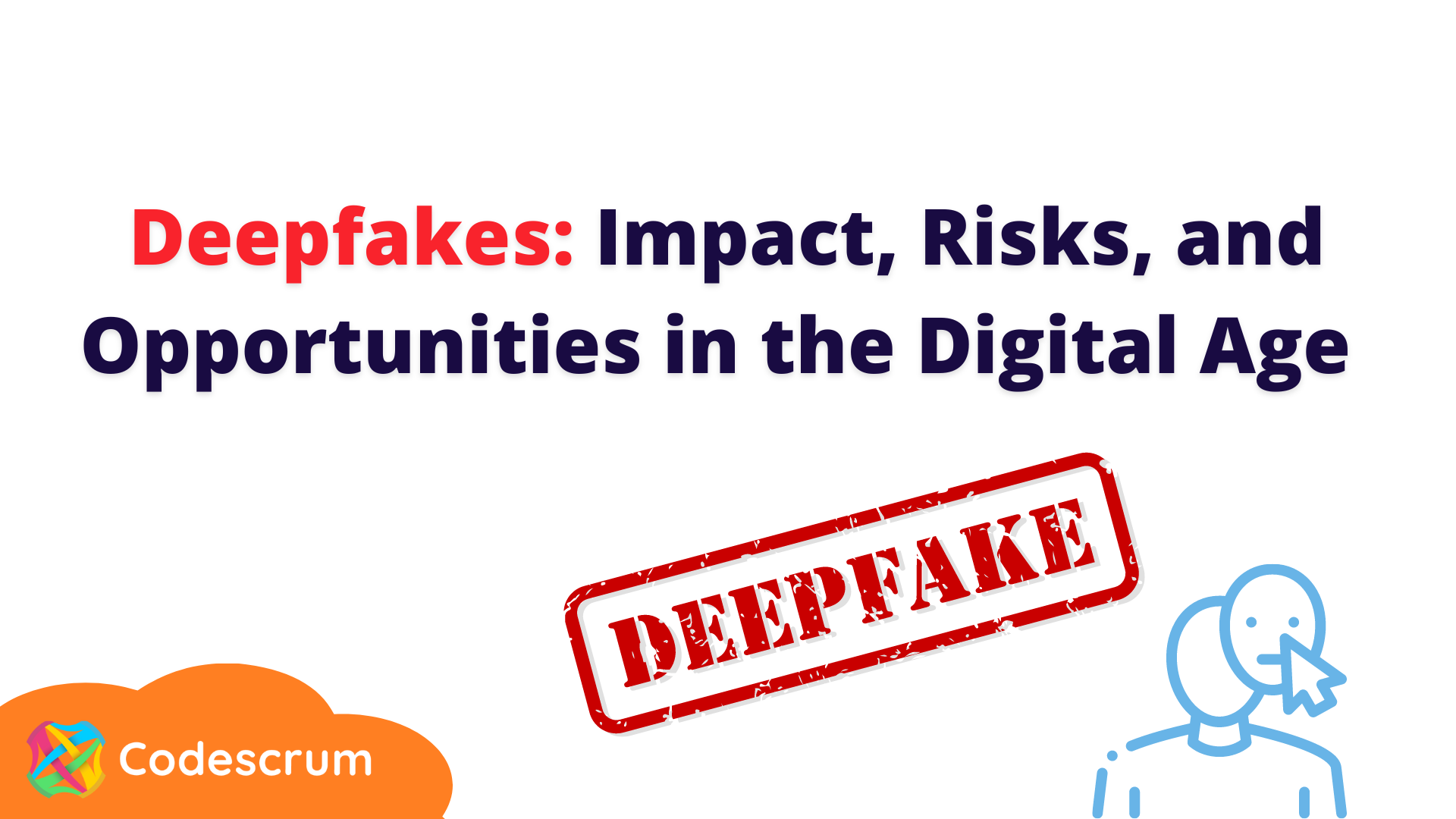Unveiling the Power of Vector Databases and Embeddings in the AI Landscape
Introduction
In the fascinating realm of computing, we face the challenge of enabling machines to comprehend non-numeric data such as text, images, and audio. Vectors and embeddings, vital elements in the development of generative artificial intelligence, address this enigma. As attention towards generative AI grows, it is crucial to understand why these vectors and embeddings have become fundamental in processing complex and unstructured information.
Vectors in the Computational World
Computers' ability to understand unstructured data, such as text, images, and audio, is limited. This is where "vectors" come into play, numeric representations that allow machines to process this data efficiently. Traditional foundations of conventional databases are not designed to handle vectors, highlighting the need for new architectures, especially with the rise of generative AI.
Fundamentals of Vectors
At the core of this computational revolution lies the fundamental concept of a vector. From a mathematical perspective, a vector is a way to represent a set of numbers with magnitude and direction. Although visualising high-dimensional vectors in machine learning applications may be challenging, their power lies in the ability to perform mathematical operations, such as measuring distances, calculating similarities, and executing transformations. These operations are essential in tasks like similarity search, classification, and uncovering patterns in diverse datasets.
Embeddings: Transforming Non-Numerical
The journey to understanding non-numerical data involves the creation of "embeddings" or insertion vectors. These embeddings are numerical representations of non-numerical data, capturing inherent properties and relationships in a condensed format. Imagine, for instance, an embedding for an image with millions of pixels, each having unique colours. This embedding can be reduced to a few hundred or thousand numbers, facilitating efficient storage and effective computational operations. With methods ranging from simple and sparse embeddings to complex and dense ones, the latter, though consuming more space, offer richer and more detailed representations.
Varieties of Embeddings: Text, Image, Audio, and Time
The specific information contained in an embedding depends on the type of data and the embedding technique used. In the realm of text, embeddings aim to capture semantic meanings and linguistic relationships. Common models such as TF-IDF, Word2Vec, and BERT employ different strategies. Regarding images, embeddings focus on visual aspects, such as shapes and colours, with Convolutional Neural Networks (CNNs) and Transfer Learning being valuable tools. Similarly, embeddings like Spectrogram-based Representations and MFCCs excel in capturing acoustic features for audio data. Lastly, temporal embeddings, represented by models like LSTM and Transformer-based Models, explore patterns and dependencies in time-series data.
Practical Applications of Vectors and Embeddings
Having delved into the essence of vectors and embeddings, the crucial question arises: what can we achieve with these numerical representations? The applications are diverse and impactful, ranging from similarity searches and clustering to recommendation systems and information retrieval. Visualising embeddings in lower-dimensional spaces offers valuable insights into relationships and patterns. Moreover, transfer learning harnesses pre-trained embeddings, accelerating new tasks and reducing the need for extensive training.
Vectors and embeddings are fundamental to the flourishing field of Generative Artificial Intelligence (Generative AI). By condensing complex information, capturing relationships, and enabling efficient processing, embeddings are the cornerstone of various generative AI applications. They become the interface between human-readable data and computational algorithms, unlocking revolutionary potential.
Armed with vectors and embeddings, data scientists and AI professionals can embark on unprecedented data exploration and transformation journeys. These numerical representations open new perspectives for understanding information, making informed decisions, and fostering innovation in generative AI applications.
Within generative AI applications, content generation stands out as a gem. Vectors and embeddings enable the creation of new and meaningful content by providing a solid ground for the manipulation and combination of data. From automated writing to image and music generation, vectors are essential in bringing computational creativity to life.
Navigating Through the Ocean of Textual Data
Text embeddings play a crucial role in the vast world of textual information. These capture the semantics of words and model the complex relationships between them. Methods like TF-IDF, Word2Vec, and BERT, among others, become the compasses guiding natural language processing systems toward contextual understanding and the generation of meaningful text.
Beyond the Image: Redefining Aesthetics with Visual Embeddings
Visual embeddings emerge as digital artists when it comes to visual data, such as images. Through models like Convolutional Neural Networks and Transfer Learning, vectors transform visual information into dense representations, redefining aesthetics and understanding visual features. The colour palette, textures, and shapes translate into numbers, enabling unparalleled creative manipulation.
Knowledgeable Chords: Transforming Sound into Auditory Vectors
In sound, audio embeddings give voice to music and other acoustic phenomena. Models based on spectrograms, MFCCs, and recurrent convolutional neural networks capture the auditory essence, allowing differentiation between the pitch of a piano and a guitar. These vectors are the digital score driving creation and analysis in sound.
Weaving Time into Temporal Vectors
When it comes to temporal data, temporal embeddings become weavers of time. From LSTM models capturing long-term dependencies to transformers incorporating complex temporal structures, these vectors encapsulate patterns and trends in sequential data. Applying these temporal vectors in medical systems to analyse heart patterns is just one example of the potential offered by these temporal vectors.
Vectors and their embeddings are the foundations of generative artificial intelligence. They act as bridges connecting human-readable data with computational algorithms, unlocking a vast spectrum of generative applications. These vectors condense complex information and capture relationships, enabling efficient processing, analysis, and computation.
Conclusions
A fascinating landscape is revealed with vectors, their embeddings, and the diversity of applications. Vectors are not merely mathematical entities; they are digital storytellers translating the richness of real-world data into a language understandable to machines. With these tools, the ability to explore, understand, and transform information reaches new horizons, paving the way for the next wave of innovation in artificial intelligence.
